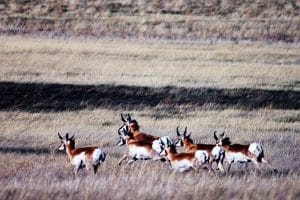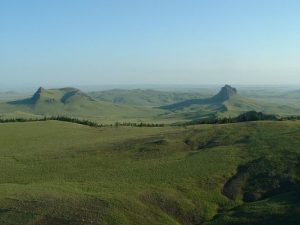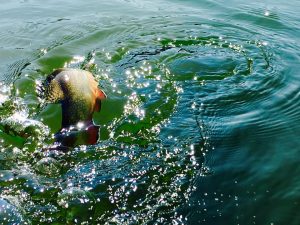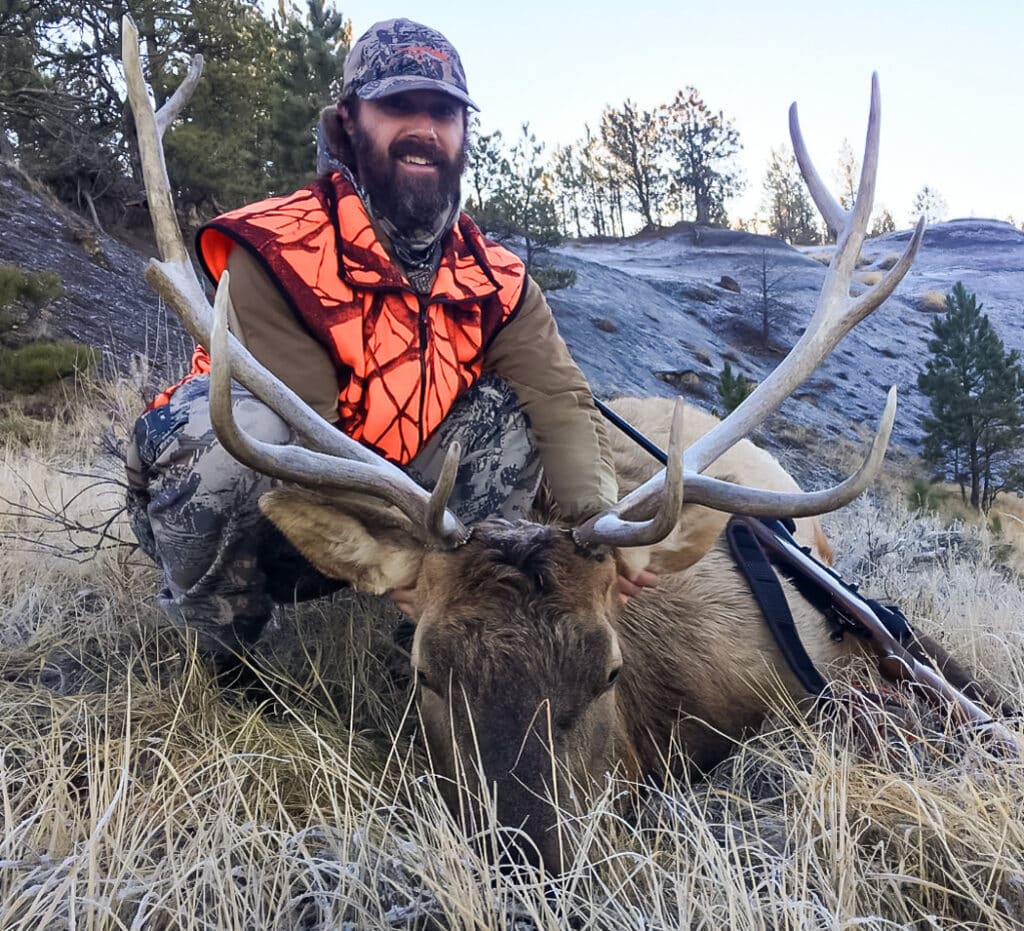Today, the University of Montana released their 2018 Crown of the Continent poll. Commissioned by the University’s Crown of the Continent and Greater Yellowstone Initiative, the annual poll asks Montanans a variety of questions about public land and conservation. The 2018 results demonstrate once again that Montanans from all walks of life remain strong in their support for public lands and our outdoor heritage. The poll shows that hunters and anglers are especially supportive of conservation.
- 80 percent of Montana hunters say they have hunted on public lands in the last five years, and 93 percent of Montana anglers have fished public lands.
- 87 percent of Montanans cite public lands as positively impacting hunting and fishing opportunities in the state, with 85 percent noting the importance of these lands for wildlife habitat.
Considering several specific issues, the poll found:
- 76 percent of Montanans support setting aside some existing federal fund for the Land and Water Conservation Fund, which protects public lands and public access. Senator Jon Tester, Senator Steve Daines, and Congressman Greg Gianforte have all supported such funding.
- Only 11 percent of Montanans support eliminating protection for wilderness study areas, as proposed in legislation by Senator Steve Daines and Congressman Greg Gianforte.
- 73 percent of Montanans support the Blackfoot Clearwater Stewardship Act introduced by Senator Jon Tester to protect public lands and increase recreational access in the Seeley Lake area.
Responding to the poll, Dave Chadwick, executive director of the Montana Wildlife Federation, said “This survey affirms once more how much Montanans value conservation, and that support just keeps growing. The survey also spotlights how conservation sentiment is just blowing up around several specific proposals that would affect Montana’s public lands. We hope that our decision-makers in Washington will heed the wishes of Montanans as they work on public land issues.”






